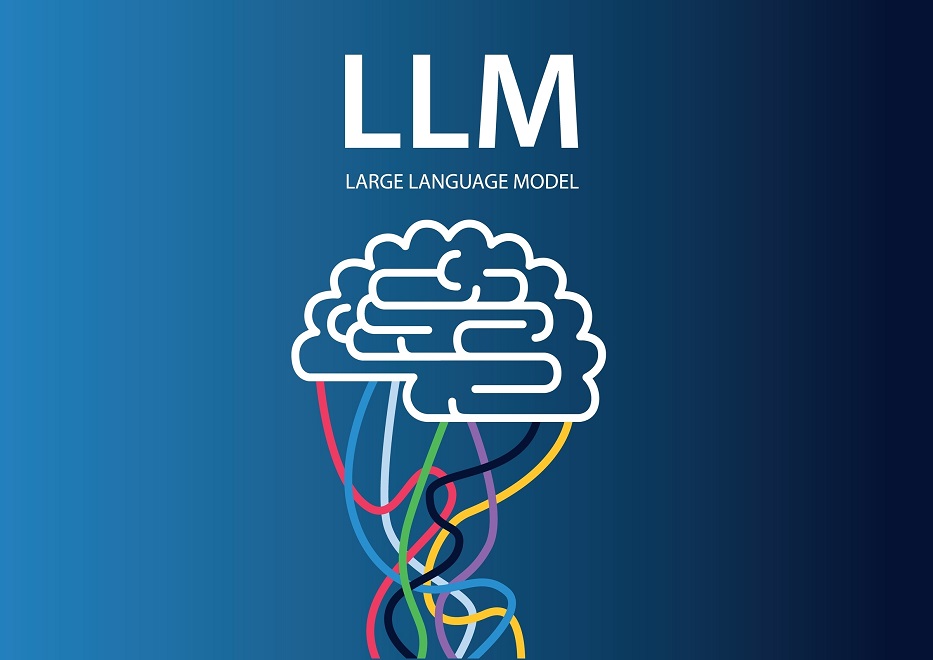LLM Development: A Beginner’s Guide to Building Language Models
 Alias Ceasar
Alias CeasarLanguage models, especially Large Language Models (LLMs) like GPT, BERT, and LLaMA, have become the backbone of modern artificial intelligence. From powering chatbots to aiding in medical research, these models are reshaping how machines understand and generate human language. But how do you actually build one? If you're a beginner curious about the development of LLMs, this guide is for you.

What is a Language Model?
A language model is a type of machine learning model designed to understand and generate human language. It predicts the next word in a sequence, understands context, and even answers complex questions.
What Makes a Language Model “Large”?
An LLM is considered “large” because of its scale — it uses billions (or even trillions) of parameters and is trained on massive datasets. These parameters are like knobs the model turns to adjust how it processes text.
Step-by-Step Guide to Building a Language Model
Step 1: Understand the Fundamentals
Before diving into code, ensure you have a strong grasp of:
Machine Learning Basics (e.g., training, overfitting, loss functions)
Deep Learning Frameworks like TensorFlow or PyTorch
NLP Concepts such as tokenization, embeddings, and attention mechanisms
Step 2: Choose the Right Dataset
Training a language model requires a vast amount of text. Some commonly used datasets include:
Wikipedia
Common Crawl
BooksCorpus
OpenWebText
Make sure the dataset is cleaned and formatted properly (e.g., removing HTML, symbols, or duplicated content).
Step 3: Tokenization
Language models don't understand raw text — they process numbers. Tokenization is the process of converting text into numerical inputs.
Popular tokenization methods:
WordPiece (used in BERT)
Byte Pair Encoding (BPE) (used in GPT)
SentencePiece (language-agnostic)
This step is crucial because it directly affects model performance and vocabulary size.
Step 4: Choose a Model Architecture
There are several architectures you can choose from. The most popular for LLMs is the Transformer architecture introduced by Vaswani et al. in 2017.
Why Transformers?
They handle long-range dependencies better than RNNs or LSTMs
They use attention mechanisms to focus on relevant parts of the input
Popular open-source models to study or fine-tune:
GPT (OpenAI-style, decoder-only)
BERT (Google-style, encoder-only)
T5 (Text-to-Text Transfer Transformer)
Step 5: Train the Model
You’ll need:
High computational resources (GPUs or TPUs)
Optimizers (Adam or AdamW)
Loss Function (usually Cross-Entropy for language models)
Training tips:
Start small — experiment with fewer layers and parameters
Monitor training loss and validation loss to avoid overfitting
Use gradient clipping and learning rate schedulers
Note: Training an LLM from scratch is extremely resource-intensive. Most developers fine-tune pre-trained models rather than build from the ground up.
Step 6: Evaluate the Model
Metrics commonly used for evaluation:
Perplexity (how surprised the model is by new data)
BLEU/ROUGE (for translation or summarization tasks)
Accuracy or F1 Score (for classification tasks)
Qualitative evaluation: Generate sample texts and assess coherence, grammar, and context relevance.
Step 7: Fine-Tune and Deploy
Once you have a working model:
Fine-tune it on domain-specific data (e.g., medical, legal, or conversational data)
Use platforms like Hugging Face, ONNX, or Triton for deployment
Ensure privacy, bias mitigation, and safety checks are in place
Challenges in LLM Development
Compute and cost: Training large models can cost millions in cloud resources.
Data quality: Garbage in, garbage out — poor data leads to poor models.
Bias and fairness: Language models can reflect harmful societal biases.
Interpretability: Understanding how LLMs make decisions remains an open research challenge.
Conclusion
Building an LLM Development is no small feat. But thanks to open-source frameworks and research communities, the barrier to entry is lower than ever. Start small, build your knowledge gradually, and soon you’ll be able to create models that can write stories, summarize documents, or even hold a conversation.
Subscribe to my newsletter
Read articles from Alias Ceasar directly inside your inbox. Subscribe to the newsletter, and don't miss out.
Written by
